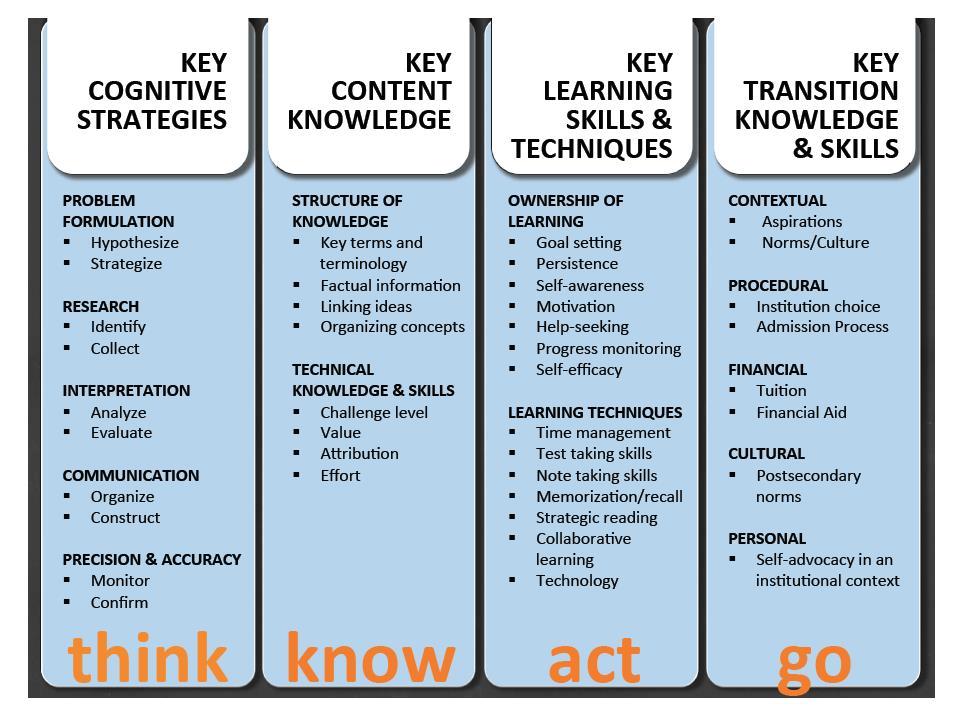College & Career Readiness: The Four Keys
-
Engaging the Best of our Students' Capacities
A huge element to getting students to consume high school for their own benefit, graduate and be ready for what’s next is those students having a vision of what they can and want to do after high school. If a student doesn’t see the value of school for his own benefit then his imagination is not engaged with the connection between his current effort and his future outcomes. If a student is encouraged, through expectation, that what’s coming after high school will be benefitted by what happens during high school then she is more likely to commit emotionally to the idea of getting the most out of the high school experience.
This could be especially helpful for our first-generation attendees to college and our students who otherwise might not attend a vocational program right out of high school. The achievement gap is often directly connected to a motivation gap and if we could affect that motivation gap by helping students envision themselves as they will be when they are 18 and 19 and then work to connect that vision to their daily habits now, the achievement gap may close as we close the motivation gap.
David Conley’s Four Keys model of college and career readiness gives teachers a reference for developing the student behaviors and habits of mind that are most likely to support success in post-secondary education. These skills and attributes are already present, to some degree, in many of our students. In an effort to be purposeful about inviting all students into these high-level cognitive habits we will endeavor to highlight these various components throughout the years here at Robert Gray.





